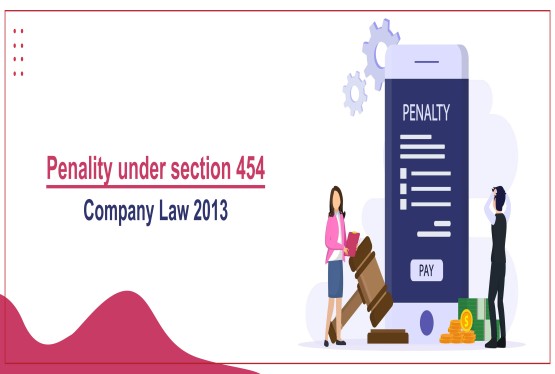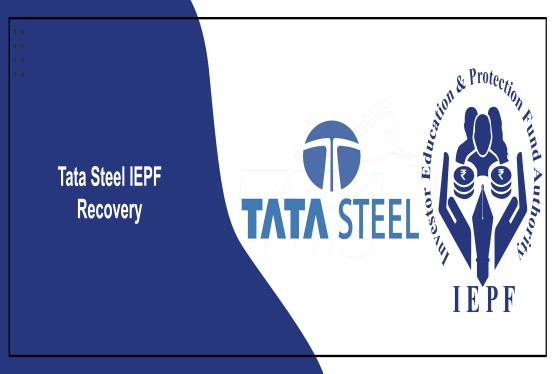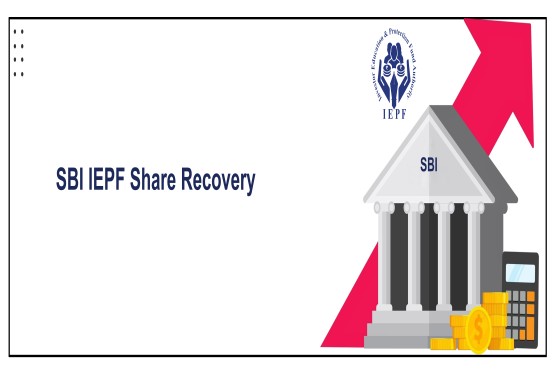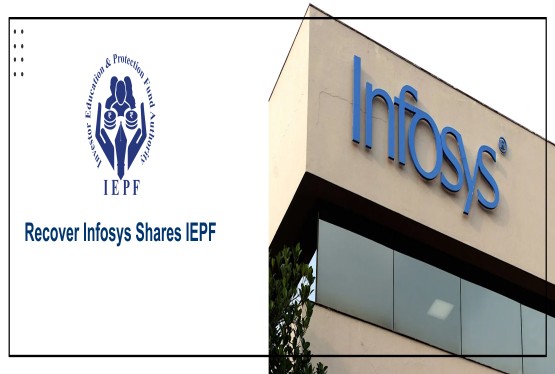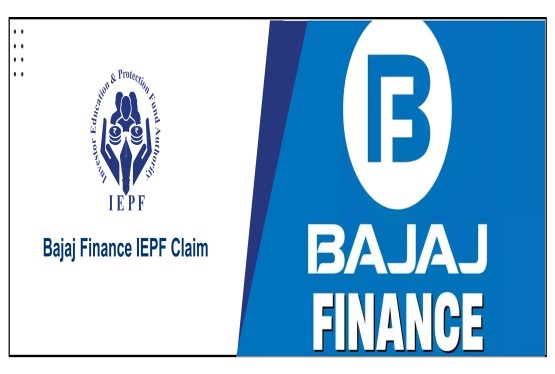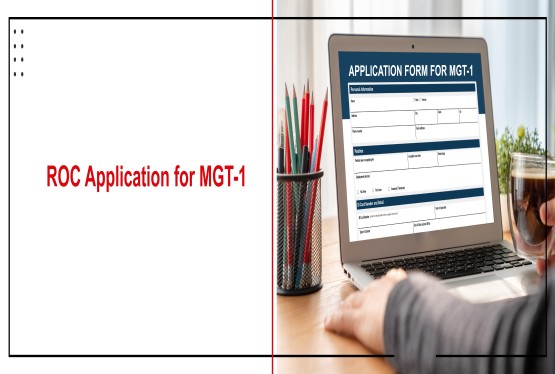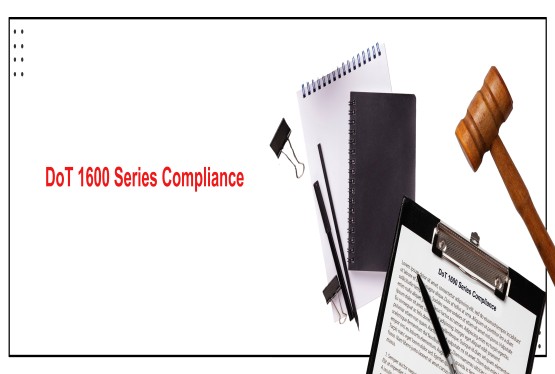Directors are entrusted with managing the affairs of a company and ensuring legal and strategic compliance. However, circumstances may arise where a director’s continued presence is no longer in the company’s best interest. This could be due to misconduct, inactivity, conflict of interest, or loss of trust by shareholders. The Companies Act, 2013 outlines a structured and lawful process for the removal of a director, ensuring fairness to both the company and the individual. Whether the removal is initiated voluntarily or through a shareholder resolution, following the proper legal procedure is crucial to maintain transparency and avoid future disputes.
Reasons for Director Removal
Under the Companies Act, 2013, it is mandatory for a private limited company to have at least two directors to commence and continue its operations.
The shareholders hold the authority to remove a director by passing an ordinary resolution at a General Meeting, except in cases where the director is appointed by the Central Government or Tribunal.
A director may be removed under the following circumstances:
-
Disqualification under provisions of the Companies Act, 2013
-
Absence from board meetings for 12 consecutive months
-
Violation of Section 184 involving conflict of interest
-
Disqualification by a court or Tribunal order
-
Conviction by a court for an offence punishable with imprisonment of six months or more
-
Persistent non-compliance with statutory obligations
-
Voluntary resignation from the board
Methods for Director Removal from a Company
A director can be removed from a company through key methods such as resignation, disqualification, or shareholder action are:
Voluntary Resignation by the Director
A director may resign by submitting a written resignation letter to the company. The resignation is accepted by the Board, recorded in the minutes, and filed with the Registrar of Companies using Form DIR-12 and optionally DIR-11.
Automatic Removal Due to Inactivity
If a director fails to attend board meetings for 12 consecutive months, without obtaining leave of absence, their office is vacated automatically under Section 167 of the Companies Act, 2013. No resolution is required in this case.
Removal by Shareholders
Shareholders can remove a director by passing an ordinary resolution in a general meeting. A special notice is required, and the director is given an opportunity to present their case before the resolution is put to vote.
Law Governing Director Removal
The removal of a director from a company is regulated under the Companies Act, 2013, and related rules. The key legal provisions include:
-
Section 169: This is the principal provision governing the removal of directors. It outlines the procedure a company must follow, including giving special notice, conducting a general meeting, and passing an ordinary resolution.
-
Section 115: While primarily related to special resolutions and the appointment of directors, it plays a crucial role in the removal process by setting out the requirements for issuing special notice.
-
Section 163: This deals with the appointment of directors through proportional representation. Directors appointed under this section cannot be removed by a simple majority, thus impacting removal decisions.
-
Rule 23 of the Companies (Management and Administration) Rules, 2014: This rule provides the procedural framework for managing director removal, ensuring due process is followed in meetings and resolutions.
Essential Requirements for Director Removal
To ensure the lawful and fair removal of a director, the following key requirements must be fulfilled under the Companies Act, 2013:
-
Special Notice: As per Section 115, shareholders intending to remove a director must issue a special notice to the company, clearly stating the resolution to be proposed.
-
Advance Intimation to Director: The concerned director must receive a copy of the special notice at least 14 clear days before the meeting, allowing them sufficient time to prepare their response.
-
Right to Representation: The director has a legal right to be heard. They may submit a written representation, which the company must circulate to members or read aloud during the meeting, if requested.
-
Restriction on Reappointment: Once removed through this process, the director becomes ineligible for reappointment to the board by the same company.
These requirements ensure procedural fairness, transparency, and protection of both the company’s and director’s interests.
Filing of Form DIR-12
Form DIR-12 is required to be filed with the Registrar of Companies (ROC) when a company appoints, resigns, or removes a director. It must be filed within 30 days of the change. The form includes details of the director and supporting documents like the board resolution, consent letter (DIR-2), or resignation letter. Filed through the MCA portal with a valid digital signature, DIR-12 ensures legal compliance and updates the official records of the company’s board composition with the Ministry of Corporate Affairs.
Procedure for Director Removal from a Company
The procedure for removing a director—excluding those appointed by the Tribunal or through proportional representation—is outlined under Section 169 of the Companies Act, 2013. The steps involved are as follows:
1. Issue of Special Notice
A shareholder intending to remove a director must give a special notice to the company.
-
Must be signed by members holding at least 1% of voting power or shares worth Rs.5 lakhs.
-
The notice must be sent at least 14 clear days before the meeting (excluding the meeting date and notice date).
2. Intimation to the Concerned Director
The company must send a copy of the special notice to the director proposed to be removed.
-
The director has a right to be heard at the general meeting.
-
They can also submit a written representation.
3. Circulation of Representation
If the director sends a written representation in time, the company must:
-
Circulate it to all members (if feasible), or
-
Read it aloud at the meeting if not circulated.
4. Convening the General Meeting
The company must call an Extraordinary General Meeting (EGM) or include the resolution in the Annual General Meeting (AGM).
-
Members will vote on the resolution.
-
Ordinary resolution (more than 50% approval) is required for removal.
5. Filing with Registrar of Companies (ROC)
After passing the resolution, the company must:
-
File Form DIR-12 with the ROC within 30 days.
-
Attach relevant documents such as a copy of the resolution, special notice, and proof of intimation to the director.
6. Update Company Records
-
Update the Register of Directors and Key Managerial Personnel.
-
Inform banks, regulatory authorities, or stakeholders if required.
Important Notes:
-
Directors appointed under proportional representation (Section 163) or by NCLT cannot be removed under this procedure.
-
The director proposed to be removed must be given a fair opportunity to be heard.
Director’s Absence from Board Meetings for 12 Months
As per Section 167(1)(b) of the Companies Act, 2013, if a director fails to attend any board meetings for 12 consecutive months, without obtaining leave of absence, their position is deemed automatically vacated.
-
Acknowledgement of Vacancy: The company must formally recognize that the director’s office stands vacated under Section 167 due to non-attendance, requiring no board or shareholder resolution.
-
Filing of Form DIR-12: The company is required to file Form DIR-12 with the Registrar of Companies (ROC) within 30 days, notifying the director’s automatic vacation of office.
-
Update on MCA Portal: Post filing, the director’s details are removed from the MCA database, and the vacancy is officially reflected in the company's public records.
Director Removal by Shareholders
A director can be removed by shareholders through an Ordinary Resolution at a general meeting, as per Section 169 of the Companies Act, 2013, unless otherwise stated in the company’s Articles of Association or special laws. The removal process must follow these key steps:
-
Notice for Board Meeting: The company must issue a minimum of seven days’ notice to all directors to convene a Board Meeting. The agenda should clearly state the proposal for director removal.
-
Board Resolution to Call EGM: At the Board Meeting, a resolution should be passed to convene an Extraordinary General Meeting (EGM) and place the proposed removal resolution before shareholders for approval.
-
Notice of EGM to Shareholders: Issue the EGM notice to all members with at least 21 clear days’ advance notice (excluding the date of dispatch and the meeting date), detailing the resolution for director removal.
-
Director’s Right to Representation: Before voting, the concerned director must be given an opportunity to present their explanation—either in writing or in person—during the meeting. This ensures procedural fairness.
-
Shareholders’ Vote at EGM: The proposed resolution is presented during the EGM. If the majority of shareholders vote in favour, the resolution is passed and the director is deemed removed from office effective immediately.
-
Filing with the ROC: The outgoing director (optional) may file Form DIR-11 with the ROC. The company must mandatorily file Form DIR-12 within 30 days, along with supporting documents such as the special notice and shareholder resolution.
-
Update MCA Records: After successful filing and verification, the Ministry of Corporate Affairs (MCA) updates the company’s master data to reflect the removal of the director.
Penalties for Delayed Submission of Form DIR-12
Form DIR-12 must be filed with the Registrar of Companies (ROC) within 30 days of a director’s appointment, resignation, or removal. Failure to file within this timeframe attracts additional fees and penalties. As per the Companies (Registration Offices and Fees) Rules, 2014, additional fees range from 1 to 12 times the normal filing fee depending on the delay period. For example, a delay of up to 15 days incurs a 1x fee, while a delay of over 180 days attracts a 12x fee.
Under Section 172 of the Companies Act, 2013, if the delay is identified during adjudication, both the company and every defaulting officer may be fined Rs.50,000 each, with an additional penalty of Rs.500 per day for continuing default, subject to a maximum of Rs.3,00,000. Timely filing is crucial to avoid these penalties and maintain legal compliance with the Ministry of Corporate Affairs (MCA).
Impacts and Considerations of Director Removal
Removing a director is a significant corporate decision that can affect the company’s structure, reputation, and internal functioning. While permitted under the Companies Act, 2013, it must be carried out with proper legal and strategic care.
-
Legal Compliance and Risk Mitigation: Improper removal of a director without following due process under Section 169 may lead to legal challenges or reputational harm. The company must ensure compliance with notice, representation, and voting procedures to avoid invalidation.
-
Shareholder and Board Dynamics: Director removal may signal internal conflict, leading to tension among shareholders or between management and the board. It may require careful communication to preserve trust and transparency.
-
Corporate Governance Image: Frequent or abrupt removals can create a perception of instability or poor governance. Investors, auditors, and regulatory bodies closely observe such actions, making documentation and transparency essential.
-
Loss of Experience and Continuity: Removing a key director could lead to a temporary leadership gap or operational slowdown, especially if the individual was holding an executive or specialized role in finance, legal, or technical areas.
-
Contractual and Employment Obligations: If the director is also a whole-time or managing director, removal may trigger breach of contract or severance liabilities. Companies must review appointment agreements and employment clauses before initiating removal.
-
Statutory Filings and Record Updates: Once removed, the company must file Form DIR-12 with the Registrar of Companies and update internal records. Failure to comply may result in penalties and outdated regulatory disclosures.
-
Impact on Stakeholder Confidence: Key stakeholders such as investors, employees, clients, and vendors may seek clarity on the reason for removal. Transparent handling helps maintain confidence and business continuity.
Filing Amendments under Various Acts
In India, businesses and entities are governed by multiple laws such as the Companies Act, 2013, Income Tax Act, 1961, Goods and Services Tax (GST) Act, Shops and Establishment Acts, FCRA, and others. When key changes occur—such as changes in company name, address, directors, capital structure, shareholding, or business activities—amendments must be filed under relevant laws to maintain compliance.
1. Companies Act, 2013
-
Forms Used: DIR-12 (Directors), MGT-7A (Annual Return), PAS-3 (Share Allotment), INC-22 (Address Change)
-
Authority: Registrar of Companies (ROC), Ministry of Corporate Affairs (MCA)
-
Timeframe: Varies from 15–30 days depending on the form
2. Income Tax Act, 1961
-
Amendments: PAN data, TAN details, business address
-
Forms Used: Form 49A/49B (online through NSDL/UTIITSL)
-
Timeframe: 7–15 working days
3. Goods and Services Tax (GST) Act
-
Amendments: Principal place of business, trade name, contact details, promoter/director change
-
Portal: GSTN (www.gst.gov.in)
-
Approval Timeline: 7–15 working days upon document verification
4. Shops and Establishment Act
-
Amendments: Business name, employee count, shift timings, address
-
Authority: Local Labour Department or Municipal Corporation
-
Mode: Online or offline (state-specific portals)
5. Foreign Contribution Regulation Act (FCRA)
-
Amendments: Office bearers, bank details, organization address
-
Portal: fcraonline.nic.in
-
Form Used: FC-6 series (FC-6A to FC-6E)
6. Trademark Act, 1999
-
Amendments: Change in proprietor name, address, ownership
-
Form Used: TM-P, TM-M
-
Portal: ipindia.gov.in
7. LLP Act, 2008
-
Forms Used: LLP Form 3 (Agreement changes), LLP Form 4 (Partners), LLP Form 15 (Address)
-
Authority: Registrar of LLP via MCA Portal
Key Considerations for All Amendments:
-
Ensure supporting documents like board resolutions, ID/address proofs, NOCs, and updated agreements are attached.
-
File within the statutory deadlines to avoid penalties.
-
Update changes across all applicable platforms (PAN, GST, ROC, bank, etc.) for consistency.
Conclusion
The removal of a director is a significant decision that must be handled with legal accuracy, transparency, and strategic foresight. Governed primarily by Section 169 of the Companies Act, 2013, the process ensures that shareholders retain the power to maintain accountability within the company’s leadership. Whether removal occurs through shareholder resolution, automatic disqualification, or voluntary resignation, following proper procedures and statutory compliance is essential to avoid legal disputes and penalties. It is equally important to respect the director’s right to be heard and to maintain proper documentation and ROC filings. When carried out lawfully and ethically, director removal safeguards corporate governance, strengthens stakeholder confidence, and helps maintain a healthy board structure for the company’s long-term success.
If you have any queries regarding Resignation of Director, then you can connect with Compliance Calendar LLP experts through email info@ccoffice.in or Call/Whatsapp at +91 9988424211.
FAQs
Q1. Can a company remove a director without their consent?
Ans. Yes, under Section 169 of the Companies Act, 2013, shareholders can remove a director by passing an ordinary resolution at a general meeting, even without the director's consent, provided proper procedure is followed.
Q2. What is the minimum notice period required for director removal?
Ans. A special notice of at least 14 clear days before the meeting must be given to the company by shareholders intending to remove a director. Additionally, 21 clear days' notice is required for the EGM/AGM.
Q3. Can a director be removed for not attending board meetings?
Ans. Yes. If a director fails to attend any board meeting for 12 consecutive months, they are deemed to have vacated their office under Section 167(1)(b) of the Companies Act, 2013.
Q4. Is the director entitled to present their case before removal?
Ans. Yes. The director proposed to be removed must be given an opportunity to make a written representation or speak at the meeting before the resolution is voted upon.
Q5. What forms need to be filed after a director’s removal?
Ans. The company must file Form DIR-12 with the Registrar of Companies (ROC) within 30 days of removal. The outgoing director may optionally file Form DIR-11 for personal record.











































































_crop10_thumb.jpg)




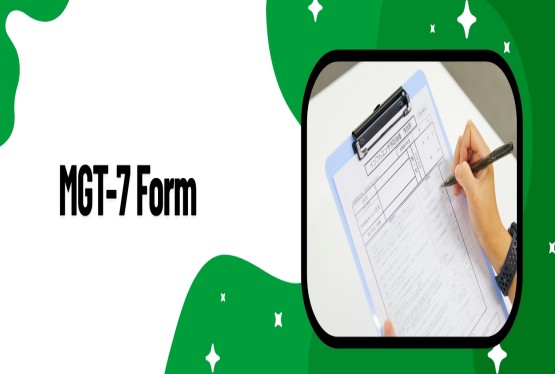





























































_crop10_thumb.jpg)
_crop10_thumb.jpg)



_crop10_thumb.jpg)


_crop10_thumb.jpg)





_crop10_thumb.jpg)

_crop10_thumb.jpg)














-suratgujarat-section-158_crop10_thumb.jpg)
-suratgujarat_crop10_thumb.jpg)
-(33)_crop10_thumb.jpg)



-ahmedabad_crop10_thumb.jpg)
-learn_crop10_thumb.jpg)

-learnn_crop10_thumb.jpg)



























































_crop10_thumb.jpg)























_Guidelines_learn_crop10_thumb.jpg)























_learn_crop10_thumb.jpg)
_crop10_thumb.jpeg)










_crop10_thumb.jpg)




_Second_Amendment_Rules,_2025_learn_crop10_thumb.jpg)






_learn_crop10_thumb.jpg)































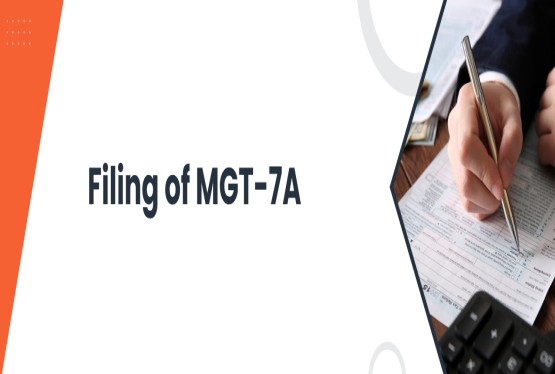
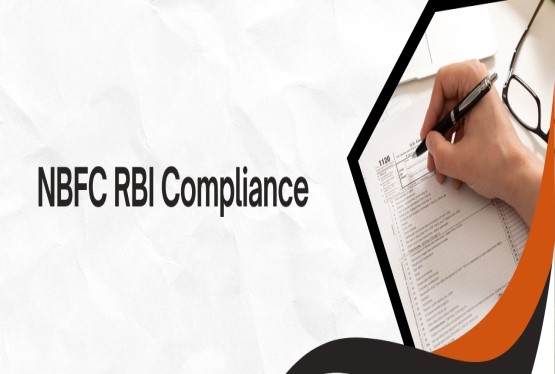





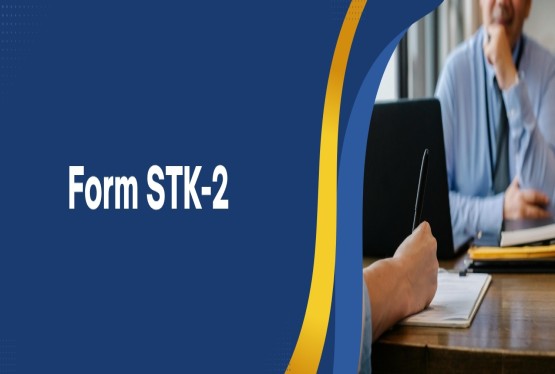
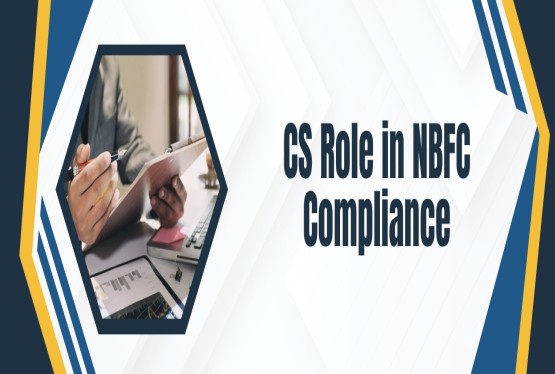




_learn_crop10_thumb.jpeg)








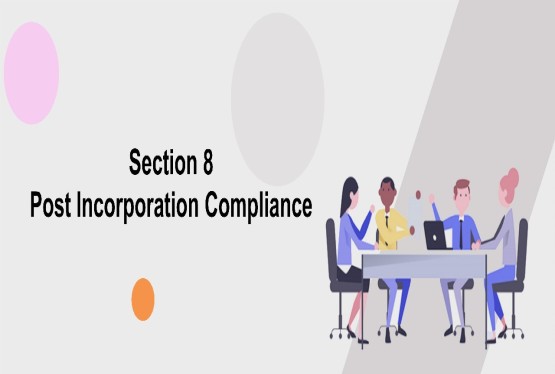
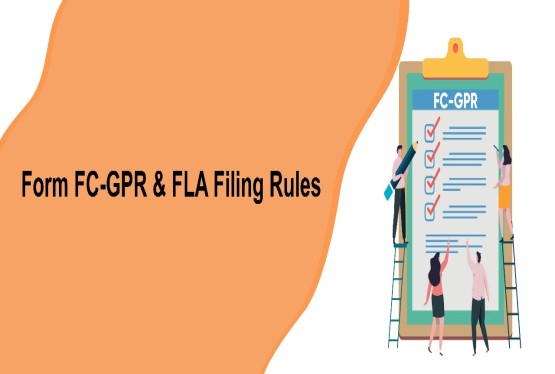
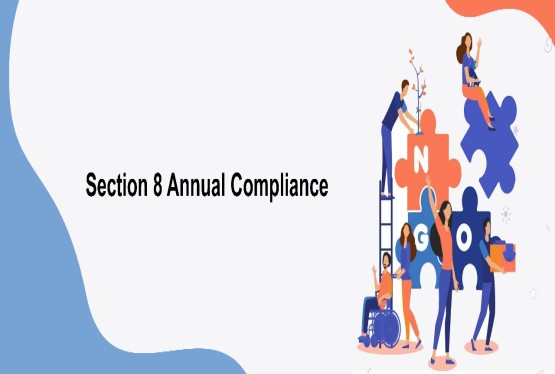
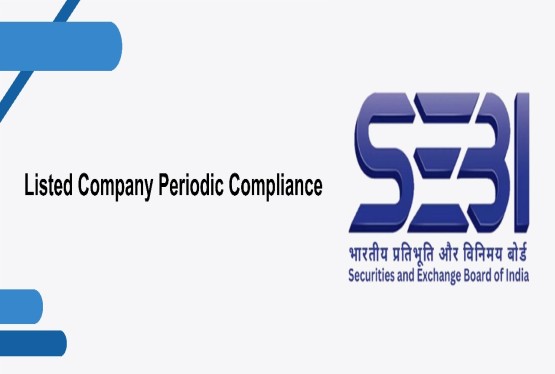







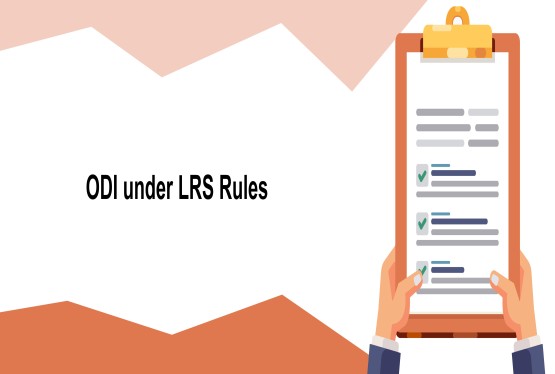



_learn_crop10_thumb.jpg)


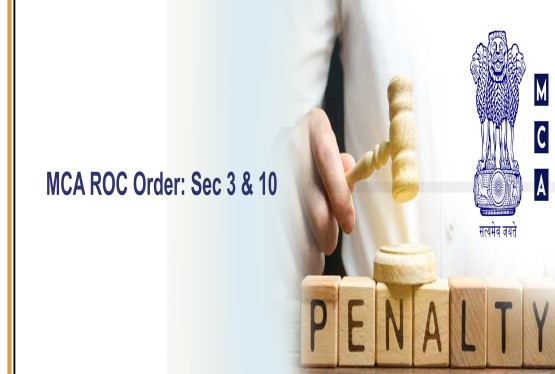
_rd_roc_learn_crop10_thumb.jpg)
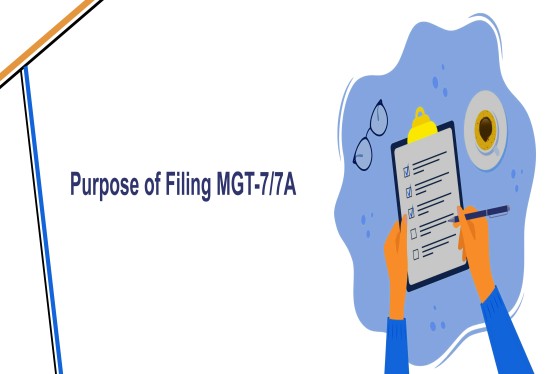



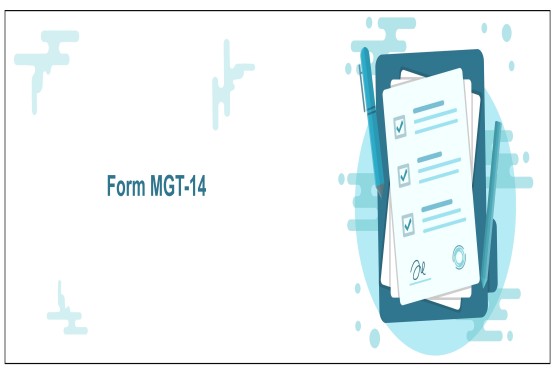
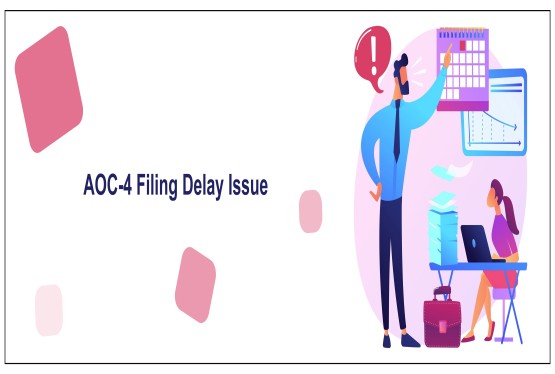
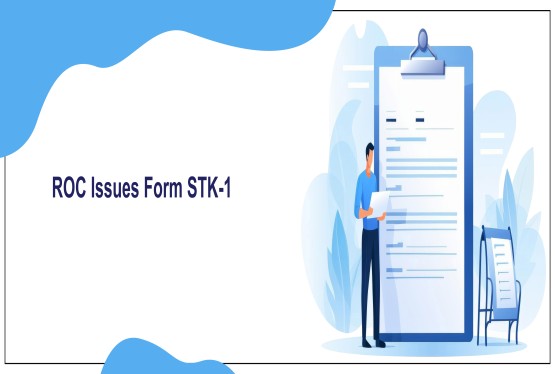






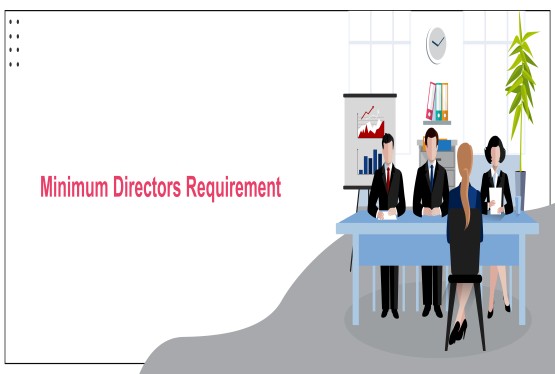

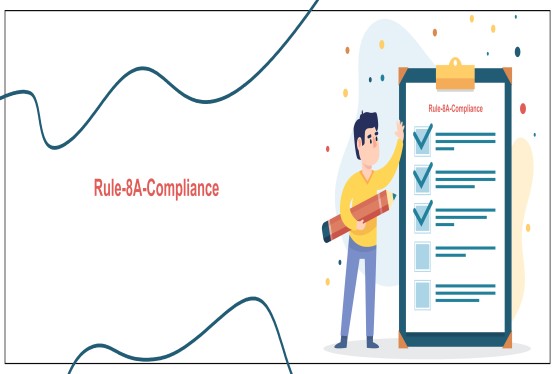
_learn_crop10_thumb.jpg)


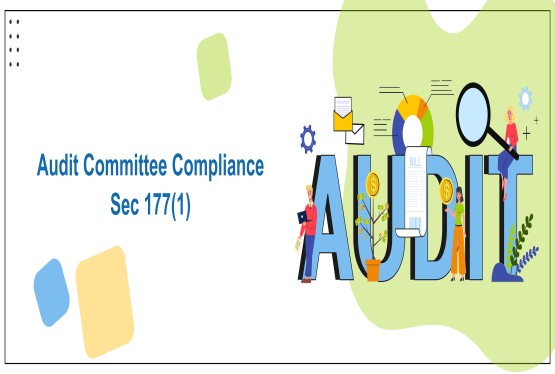



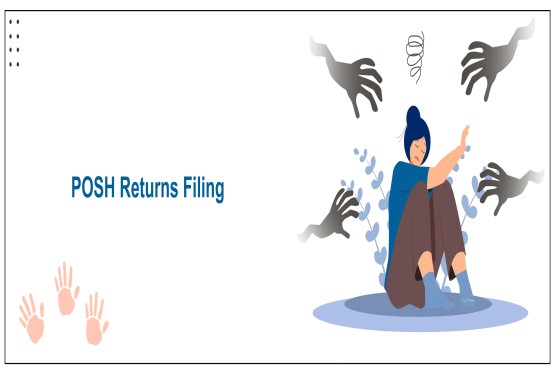
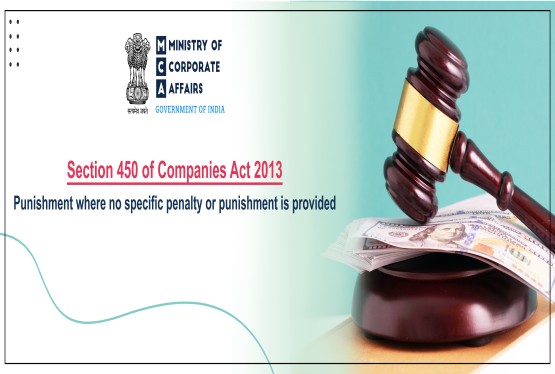

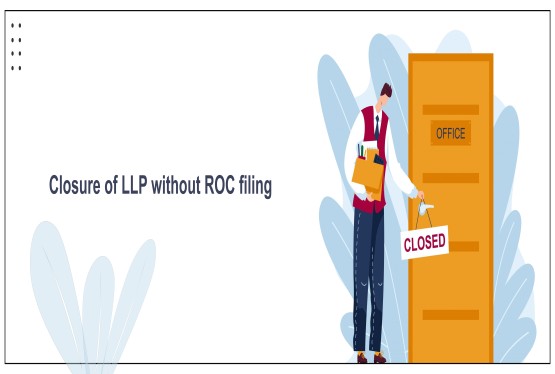


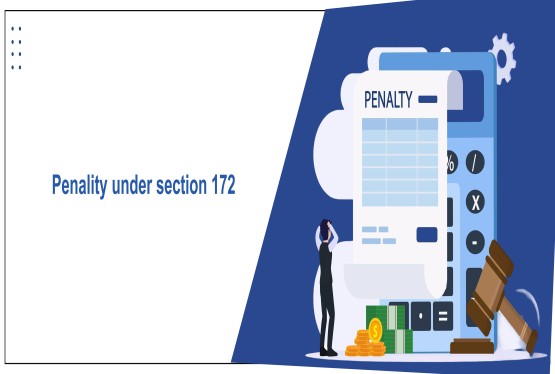

_learn_crop10_thumb.jpg)
_Learn_crop10_thumb.jpg)
